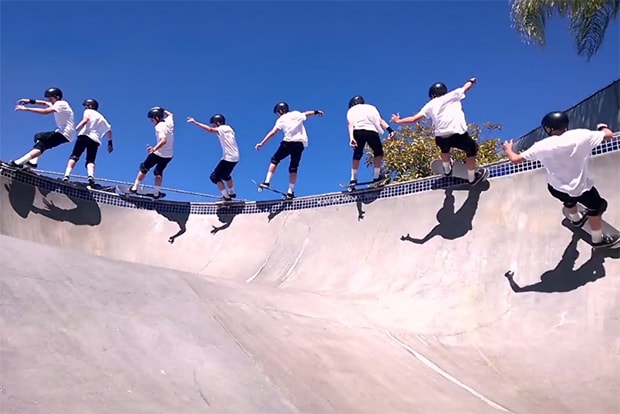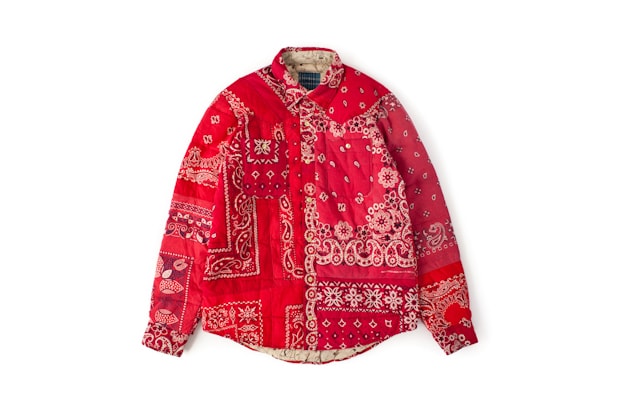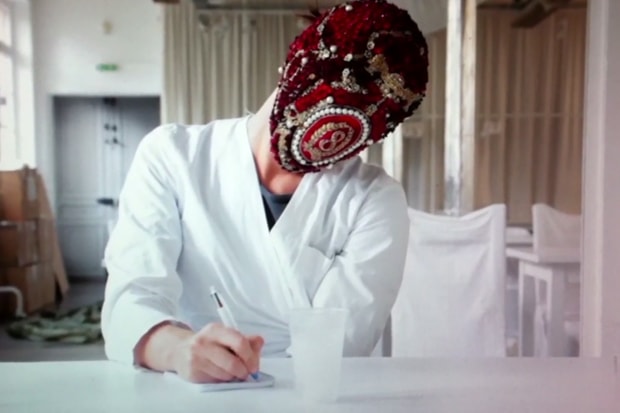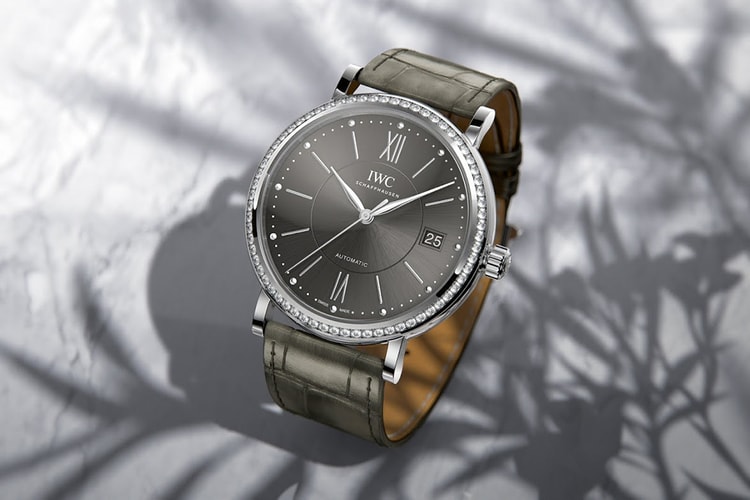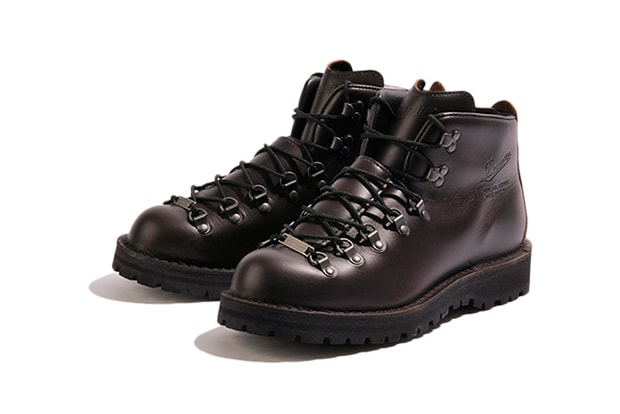adidas is Struggling to Hire People to Work at Its Global Headquarters in Herzogenaurach
With recent power moves such as the addition of three marquee designers from competitor Nike
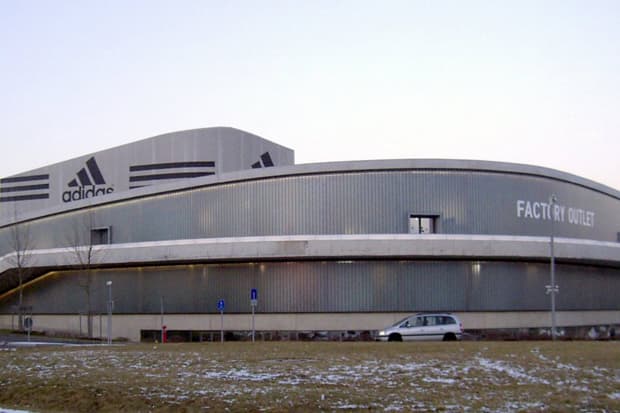


With recent power moves such as the addition of three marquee designers from competitor Nike and a refocus on its brand image, adidas is still finding it hard to persuade top talent to move to their global headquarters in Herzogenaurach, a small rural town in Germany. In response, adidas has stationed key design roles in the United States, including its base in Portland and the newly announced Brooklyn Creative Studio, while continuing to expand its facilities in Herzogenaurach – where founder Adi Dassler based the company in 1949. The vast majority of the company’s designers in football, outdoor, Originals fashion, training and running products, however, are still based in the agricultural German town where one anonymous employee described as having “nothing to do with style.” adidas has maintained its persistence in staying and even expanding in a less-than-ideal location, where farmland, cultural tradition, and seclusion clash with the brand’s competitive and creative growth. This comes at a time when adidas is suffering disappointing profit margins as shares are down more than a third this year as main competitor Nike and fast-growing Under Armour continue to steal market share from the three stripes. Is adidas‘s global base in rural Germany negatively impacting the brand’s growth? Read the full feature here at the Business Insider.






